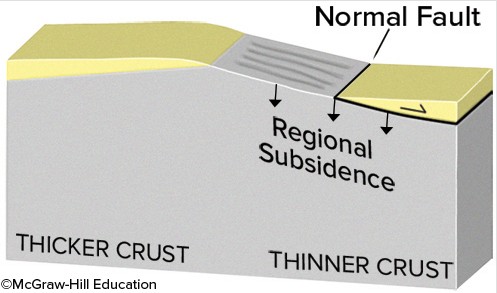Loess is:
a. commonly deposited on the upwind margins of deserts.
b. composed primarily of gravel-size sediment.
c. primarily transported by eolian suspension.
d. primarily transported by surface creep.
e. deposited out of solution from desert stream water.
C
You might also like to view...
The driving force of our planet's hydrologic cycle comes from
A. wind. B. the balance between precipitation and evaporation. C. solar energy. D. precipitation of water over the oceans.
The Holocene epoch has been
A. a glacial period. B. a Pleistocene period. C. a glacial and interglacial ice age. D. an interglacial period.
An area that experiences diurnal tides will have ________
A) one high tide and one low tide daily B) one high tide and two low tides daily C) one low tide and two high tides daily D) two high tides and two low tides of nearly equal height daily E) two unequal low and high tides daily
If you had this type of deformation of a region, it would
A. thin the crust and cause uplift. B. thicken the crust and cause subsidence. C. thicken the crust and cause uplift. D. thin the crust and cause subsidence. E. None of these choices are correct.